 Plant Nature Study II
Plant Nature Study II
Plant Nature Study II
Plant Nature Study II

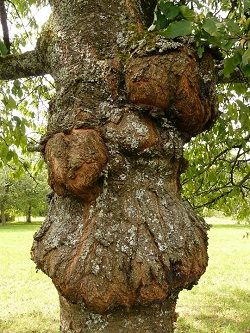
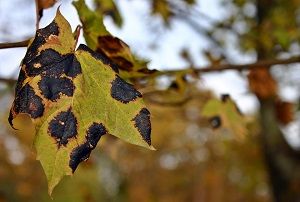
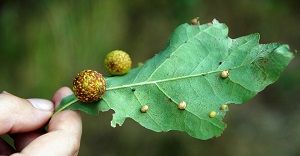
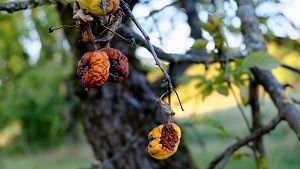
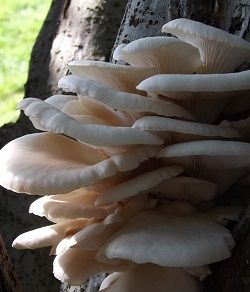

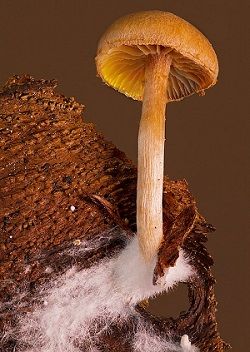
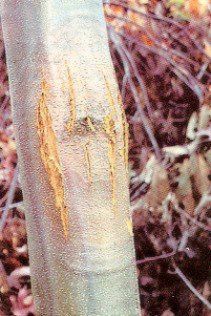
 Plant Nature Study II
Plant Nature Study II
Plant Nature Study II
Plant Nature Study II

Study the lesson for one week.
Over the week:
WHAT ARE FUNGI?
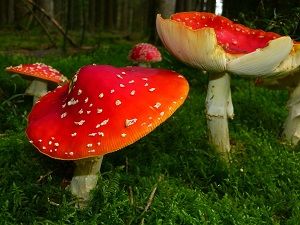
FUNGI VS. PLANTS
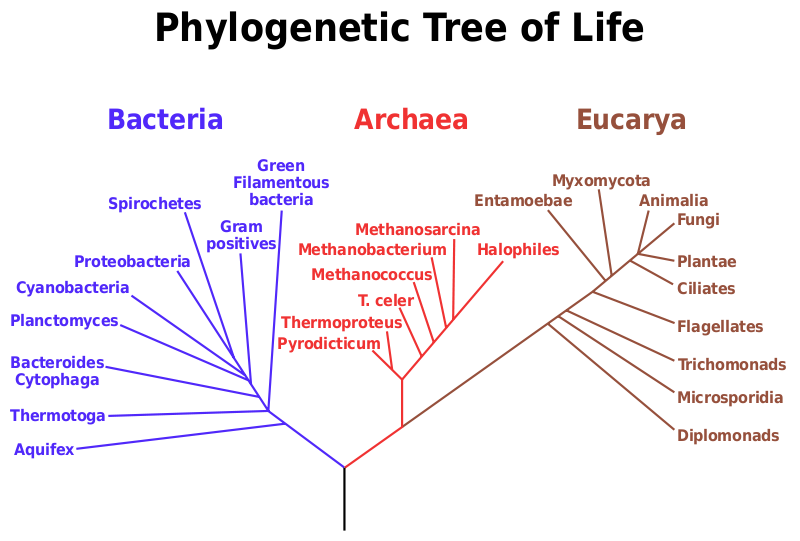
FUNGI GROWTH
If fungi do not engage in photosynthesis like plants and do not have mouths to eat like animals, how do they obtain nutrients and grow?

HARMFUL FUNGI
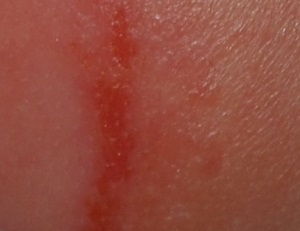
HELPFUL FUNGI
However, fungi have many beneficial uses for humans as well.

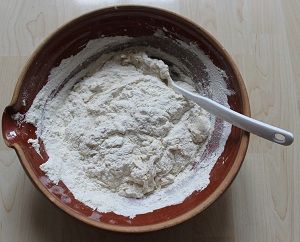

EXAMPLE FUNGI
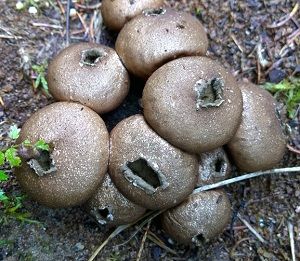
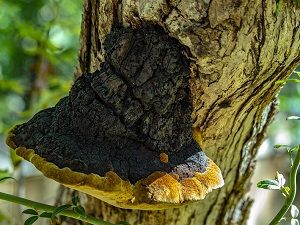
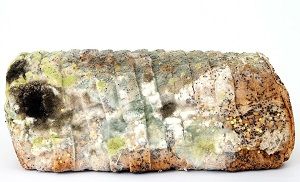
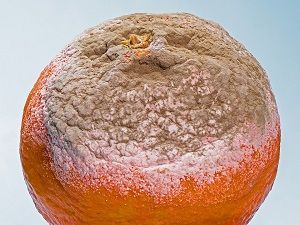

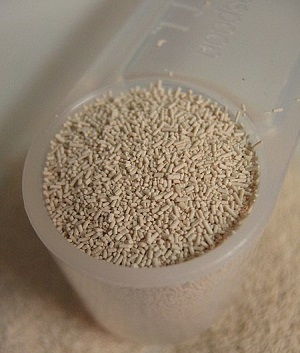
Activity 1: Narrate the Lesson
Activity 2: Study the Lesson Pictures
Activity 3: Identify Taxonomic Classifications
Study the classification diagram of the edible and prized fungi, the black morel, to answer the questions.
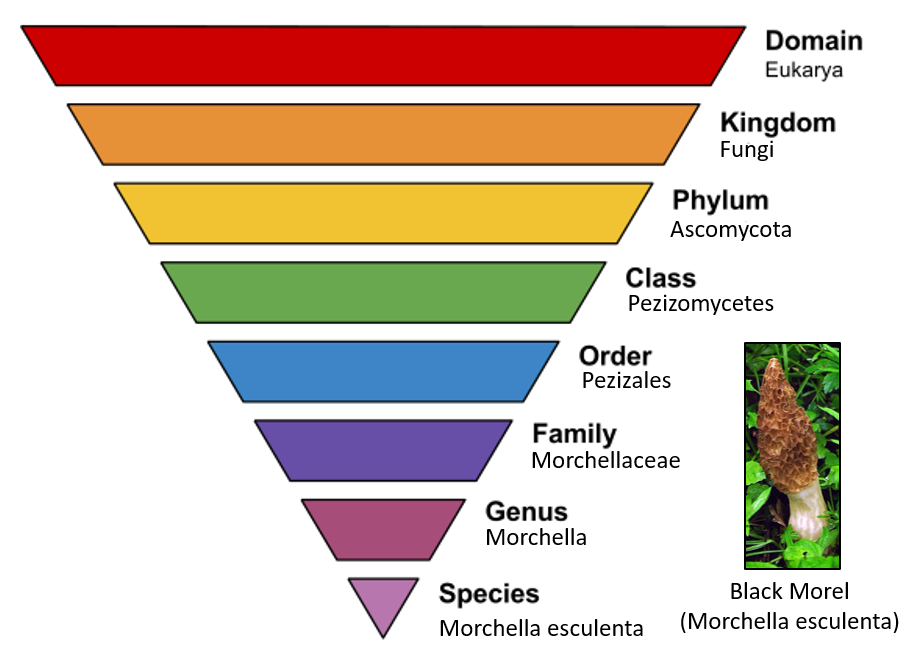
Activity 4: Take a Nature Walk
Activity 5: Complete a Field Book Entry

After your nature walk, complete page 38 in 'Science Field Book for Fourth Grade.'